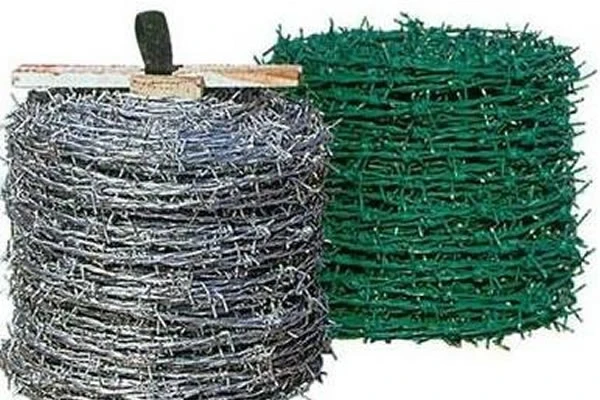 TEL:
+86-13102802206
TEL:
+86-13102802206
 Email:
fencenetting@china.com
Email:
fencenetting@china.com
 Language
Language
 TEL:
+86-13102802206
TEL:
+86-13102802206
 Email:
fencenetting@china.com
Email:
fencenetting@china.com
 Language
Language


The Symbolism of a Spool of Barbed Wire
The spool of barbed wire, often relegated to the background of rural landscapes, holds a deeper significance than its practical applications suggest. While its primary function is to mark boundaries and protect properties, its presence evokes thoughts of conflict, protection, and resilience. In understanding the layers of meaning behind a simple spool of barbed wire, we can unravel a narrative that intertwines with various aspects of human experience.
Barbed wire was invented in the late 19th century, revolutionizing the way land was partitioned and livestock was managed. It facilitated the expansion of American agriculture, supporting the development of vast ranches and farms. However, this seemingly straightforward innovation also signified division. The sharp, metallic barbs, designed to deter intruders and keep livestock in, inadvertently became a metaphor for separation. They delineated not just physical boundaries, but also emotional and social ones. In many ways, barbed wire represents the human tendency to protect what we value, sometimes at the expense of connection and community.
Consider the historical contexts in which barbed wire has played a significant role. During World War I and World War II, barbed wire became a symbol of war, used to fortify trenches and mark the boundaries of conflict zones. Soldiers and civilians alike were confronted with the harsh reality of divided territories, where barbed wire stood as a stark reminder of the dangers that lay beyond. These wires, stretching across fields, became more than mere fencing; they became barriers to freedom, embodying the struggles faced by those living in war-torn areas. The presence of barbed wire is a haunting testament to the pain and division wrought by human conflict.

In contemporary settings, barbed wire continues to evoke complex emotions. It often appears in discussions concerning immigration, national security, and social justice. Fences topped with barbed wire serve as physical manifestations of policies aimed at restricting movement and maintaining control. The wire signifies a line drawn in the sand, a division that suggests some are welcome while others are not. This utilization of barbed wire as a deterrent raises ethical questions about the nature of boundaries and who gets to define them. As societies grapple with issues of inclusivity and exclusion, the spool of barbed wire becomes a focal point for debate, reflecting broader tensions about belonging and identity.
Yet, barbed wire is not solely a herald of division. It has also become a symbol of resilience and survival. Many artists and writers have turned to barbed wire to express themes of endurance and tenacity in the face of adversity. In literature and art, barbed wire can symbolize the struggle to overcome barriers, both literal and metaphorical. When woven into narratives of struggle, the barbed wire mantle transforms from a tool of division to a badge of honor for those who refuse to be confined by imposed boundaries.
Moreover, the image of barbed wire can invoke feelings of nostalgia, as it often signifies rural life. The sight of a weathered spool of barbed wire evokes memories of farm life, family gatherings, and the simplicity of nature. It represents hard work, dedication to the land, and a connection to tradition. In this light, a spool of barbed wire can be a cherished object, a reminder of heritage and the values that have shaped generations.
Thus, the spool of barbed wire is much more than a utilitarian object; it is a complex symbol that embodies themes of separation and connection, conflict and resilience, exclusion and inclusion. Whether found in the serene backdrop of a countryside fence or as a stark reminder of societal divides, the barbed wire weaves a narrative that reflects the multifaceted nature of human experience. As we engage with its imagery, we are invited to contemplate our own boundaries and the stories they tell, challenging us to consider where we draw the lines in our lives and the implications of those choices.